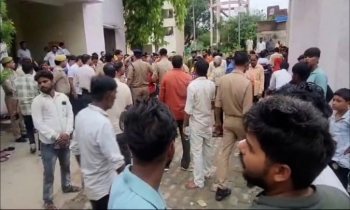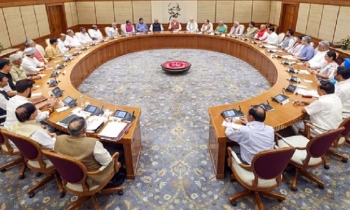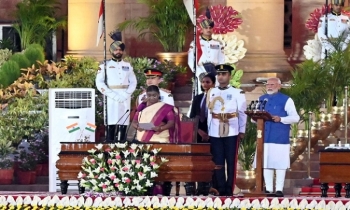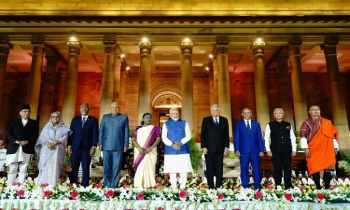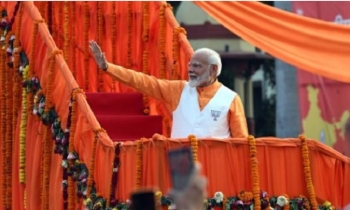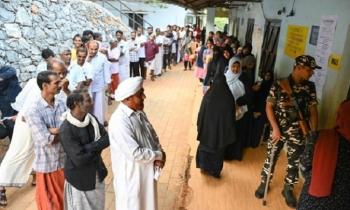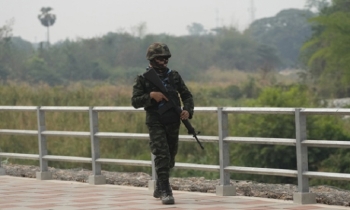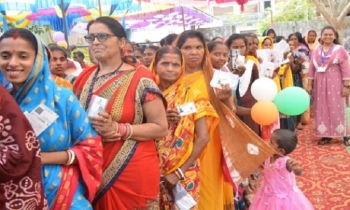India has a role to play, but China is the key: Dr Smruti on Rohingya repatriation
BI Report || BusinessInsider
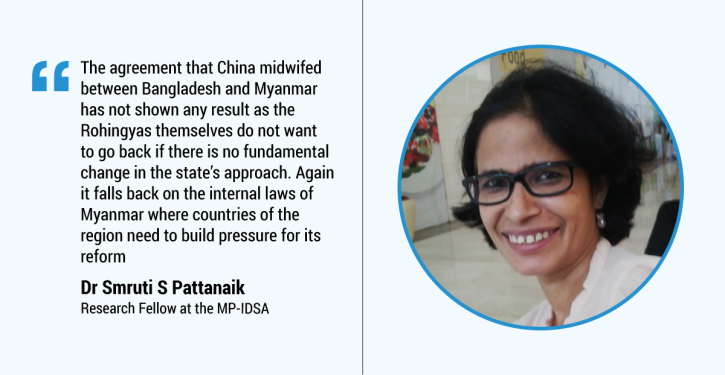
Graphics: Business Insider Bangladesh
Bangladesh’s Prime Minister Sheikh Hasina will start her four-day official visit to India on Monday. The visit is very crucial considering the present geopolitics, economic crisis in the region and Rohingya problems. Prior to her visit, in an interview with India’s ANI, Sheikh Hasina said India has a bigger role to play in Rohingya repatriation. Business Insider Bangladesh has tried to get more insights about the trip and Rohingya repatriation from Indian scholars. As part of that move, we are publishing an email interview of Dr Smruti S Pattanaik, research fellow of Delhi-based Manohar Parrikar Institute for Defence Studies & Analyses and a member of the Editorial Board of Strategic Analysis (Routledge).
Here are the excerpts of her email interview taken by Shahadat Hossain of Business Insider Bangladesh.
Q. For over a decade India and Bangladesh have been enjoying a very ‘friendly relationship’ and both the countries have developed and restored multimodal connectivity, be it road, rail, or waterways for mutual benefits. What do you say are the two countries on the right track to take the relationship to a new level?
Ans: The two countries are on the right track and are ready to take the relationship to the next level. Over the last few years, the bilateral relationship has seen progress at multiple levels. From transport connectivity to electricity grid connectivity and people-to-people contact that is facilitated by the introduction of several bus and train services has taken place. Interaction between the armed forces, border guarding forces and coastal guards has helped the two countries develop synergy on security matters.
Q. Global and regional geopolitics are twisting every day. The ongoing Russia-Ukraine war has exposed the vulnerabilities of smaller nations and in some cases divided the world. Amid this situation, Bangladesh’s PM is visiting India. Would you think this visit will open a new window of opportunities and ties for the two countries?
Ans: Each time a visit at the highest level takes place it opens up a window of opportunity. I think both countries have always encashed this window of opportunity.
Q. Do you consider BBIN to be useful for regional connectivity or Indo-Bangla should go for bilateral connectivity? India, Bangladesh and Nepal are engaged in dialogue for hydropower. Can it be potential?
Ans: I think bilateral and subregional connectivity is not an either or matter. Rather each connectivity project both bilateral and multilateral feeds into the larger connectivity network. For example, there are several bilateral projects and also subregional projects like the BBIN MVA, we also have the Asian Highway and Asian Railway networks, India has a trilateral multimodal connectivity project with Myanmar and Thailand and already BIMSTEC MVA is under negotiation. All these taken together will integrate this region with a seamless connectivity network.
Q. What is your observation about the Bangladesh-China relationship? Any tension among the Indian sides with the recent Bangladesh-China engagement?
Ans: Bangladesh is an independent country and is sovereign to pursue its relationship with any country. There are several projects that China is engaged in Bangladesh which will enhance India-Bangladesh connectivity projects like the Padma bridge and Padma railway link which will reduce the travel time between Dhaka and Kolkata. Bangladesh is also the second largest recipient of Chinese weapons. India has certain security concerns and Bangladesh has taken those concerns into account.
Q. South Asian Regional organization SAARC is almost dead now. Pakistan and India are blamed for that. BIMSTEC is also not functional yet despite the passage of 25 years. What’s the problem with South Asians?
Ans: I would say the region should not be dependent on only two regional cooperation mechanisms and its success and failure cannot be linked to regional progress. Because there are bilateral and subregional mechanisms. Although the SAARC summit meeting has not taken place, various meetings at various levels are taking place. Whether it is the SAARC Home Ministers meeting, Police chiefs meeting, etc. the meetings are happening regularly. Since the media is more obsessed with summit meetings, such meetings do not get the media space. During the Covid-19 outbreak, there was an effort by Prime Minister Modi to revive cooperation mechanisms at the SAARC countries level by announcing the SAARC Covid-19 fund. Some cooperation happened but it could not progress and states went back to the existing bilateral mechanism to address the issue of vaccines and see that essential goods reach their destination in time. BIMSTEC is not afflicted by any bilateral tension. But it has not progressed well. I think in the region bilateralism has dominated not because the states prefer it but because regional cooperation mechanisms have become a non-starter. In any case, both bilateralism and regional cooperation mechanisms can progress hand in hand.
Q. India and Bangladesh share the same rivers, same culture, and history, but still some issues exist here. Border killing, River agreement issues are unresolved. How can two countries forward with these unresolved issues?
Ans: Shared culture and history do not mean that there will not be differences. Within a family, one has differences of opinion. What is important is the willingness to address the issues that confront us. In both the instances that you have mentioned the two countries are sincere in resolving them. It is time to take a relook at the border cooperation mechanism and whether we can seek closer cooperation to plug the existing loopholes so that the firing on the border is stopped. Moreover, the legality and illegality of border crossing and cattle and phensedyl smuggling need a closer look. Blame-game is not going to help the matter.
Q. People-to-people connectivity is very important for the two countries’ relations. Do you see any hope for an on-arrival visa or free visa for Bangladeshi people like Nepal and Bhutan?
Ans: With Nepal and Bhutan India shares an open border that is written into bilateral treaties. The nationals of the two countries are given resident status and they can apply for government jobs in India. However, such a mechanism does not exist in Bangladesh. There is a possibility of an on-arrival visa along with the existing visa system. India issues the largest number of visas to Bangladesh. Perhaps the two countries can facilitate the immigration process at the land border crossing which some of the times is lengthy and takes more than an hour. The question is can we replicate the immigration system that exists in the airports which is much faster compared to the land ports.
Q. The Rohingya crisis is becoming a burden for Bangladesh. PM Sheikh Hasina in an interview with India’s ANI said India can play a big role in Rohingya repatriation. Why is India not doing anything to resolve the Rohingya issue, which may turn into a regional problem from Bangladesh only?
Ans: I agree India has a role to play. India itself hosts more than 30,000 Rohingya refugees. Though the number is insignificant compared to Bangladesh, repatriation is going to be important. To say that India is not playing a role would not be correct. India does not play to the media gallery and advertise its efforts. Given the sensitivity of the issue, quiet diplomacy would be preferable. India’s position on Rohingyas in the UN reflects its stance. Moreover, the most important player who can exert influence on Myanmar is China. The agreement that China midwifed between Bangladesh and Myanmar has not shown any result as the Rohingyas themselves do not want to go back if there is no fundamental change in the state’s approach. Again it falls back on the internal laws of Myanmar where countries of the region need to build pressure for its reform.

